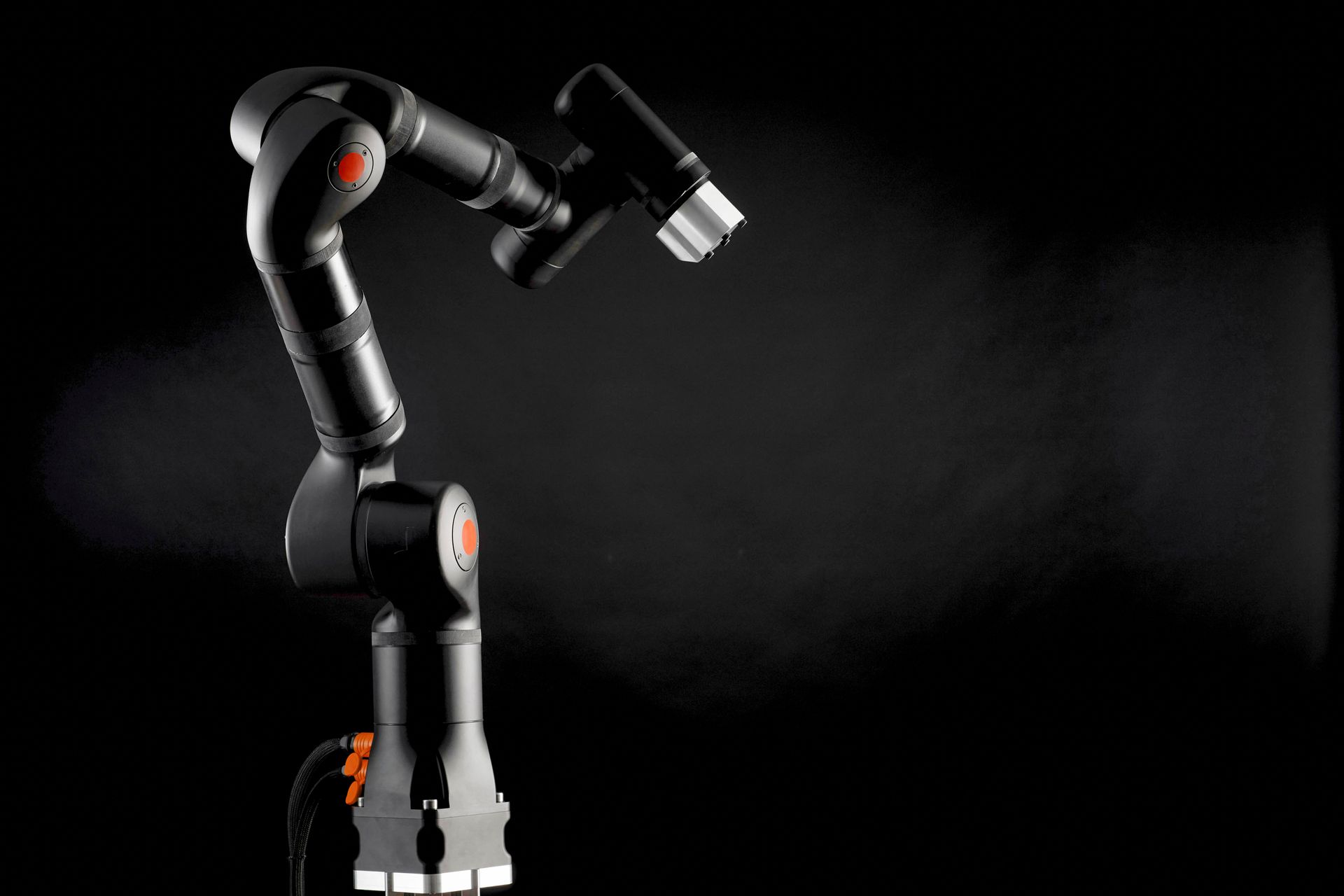Integrating Collaborative Robots in Your Manufacturing Process: Benefits and Best Practices
Boosting Efficiency, Safety, and Flexibility in Modern Manufacturing
The manufacturing industry is constantly evolving, and staying competitive requires adapting to the latest technological advancements. Collaborative robots, or "cobots," have been getting a large amount of air time in the robotics community and have emerged as an essential tool for many manufacturers looking to improve efficiency, safety, and overall productivity. In this post, we will recap the benefits of integrating collaborative robots into your manufacturing process and then provide a list of best practices for successful implementation.
Benefits of Collaborative Robots
Increased Efficiency and Productivity
Cobots are designed to work alongside human workers, taking on repetitive or strenuous tasks, allowing employees to focus on more complex and value-added tasks. This division of labor not only increases overall efficiency but also helps boost productivity levels. Cobots can work around the clock without fatigue or the need for breaks, leading to consistent performance and reduced downtime.
Enhanced Safety
Collaborative robots are equipped with advanced safety features, such as force-limited joints, collision detection sensors, and safety-rated monitored stop functions. These features enable cobots to work safely alongside human workers, reducing the risk of accidents and injuries. By performing tasks that may be hazardous or ergonomically challenging for humans, cobots help create a safer work environment.
Improved Quality and Precision
Cobots are highly accurate and precise in their movements, ensuring consistent quality in production. By minimizing the potential for human error, cobots can help reduce scrap rates and improve overall product quality. Additionally, their ability to work with precision enables manufacturers to achieve higher levels of quality control and consistency across their production lines.
Scalability and Flexibility
Collaborative robots are highly adaptable and can be easily reprogrammed to perform a variety of tasks. This flexibility allows manufacturers to quickly adapt to changes in product design or production requirements without significant downtime. Cobots can also be easily redeployed to different workstations, making them a versatile investment for businesses of all sizes.
Best Practices for Implementing Collaborative Robots
Identify the Right Applications
The first step in successfully integrating cobots into your manufacturing process is identifying the most suitable applications. Evaluate your production line and pinpoint tasks that are repetitive, time-consuming, or pose safety risks for human workers. Cobots are ideal for tasks such as assembly, material handling, packaging, machine tending, and quality inspection.
Involve Your Workforce
Employee buy-in is crucial for successful cobot implementation. Involve your workforce early in the planning process, addressing any concerns and educating them on the benefits of cobots. By fostering a culture of collaboration and understanding, you can ensure a smoother transition and maximize the potential of your cobot investment.
Choose the Right Cobot and Accessories
Selecting the appropriate cobot and accompanying accessories is essential for achieving your desired results. Consider factors such as payload capacity, reach, precision, and speed when evaluating different cobot models. Additionally, assess the necessary end-of-arm tooling (EOAT) and grippers, ensuring they are compatible with your specific applications. For example - if your application calls for extreme dexterity and maneuverability, then you may better off using a cobot with 7-axis such as Kassow Robots rather than a 6-axis cobot like Universal Robots.
Collaborate with an Experienced System Integrator
Partnering with a knowledgeable system integrator can greatly simplify the implementation process. An experienced integrator can provide valuable guidance on cobot selection, application development, and integration into your existing systems. They can also offer training and ongoing support to ensure the long-term success of your cobot integration. It's a good idea to look for businesses who are willing to do as little or as much as you'd like them to do, and carry a vast array of application experience. Companies like BlueBay Automation are a great example of a flexible, experienced system integrator.
Prioritize Safety and Compliance
Adhering to safety standards and guidelines is essential when integrating cobots into your manufacturing process. Collaborate with your system integrator to conduct a thorough risk assessment, addressing any potential hazards and implementing necessary safety measures. Ensure your cobot setup complies with relevant industry standards, such as ISO/TS 15066, to promote a safe working environment.
Summary
Integrating collaborative robots into your manufacturing process can yield significant benefits in terms of efficiency, safety, and productivity. By carefully identifying suitable applications, involving your workforce, selecting the right cobot and accessories, partnering with an experienced system integrator, and prioritizing safety and compliance, you can successfully implement cobots and unlock their full potential.
In an increasingly competitive manufacturing landscape, embracing advanced technologies like cobots is essential for businesses looking to stay ahead. By following these best practices, manufacturers can not only optimize their production processes but also create a more flexible, adaptable, and future-proof operation. As the field of collaborative robotics continues to evolve, manufacturers who adopt these innovative solutions will be well-positioned to thrive in the Industry 4.0 era.

